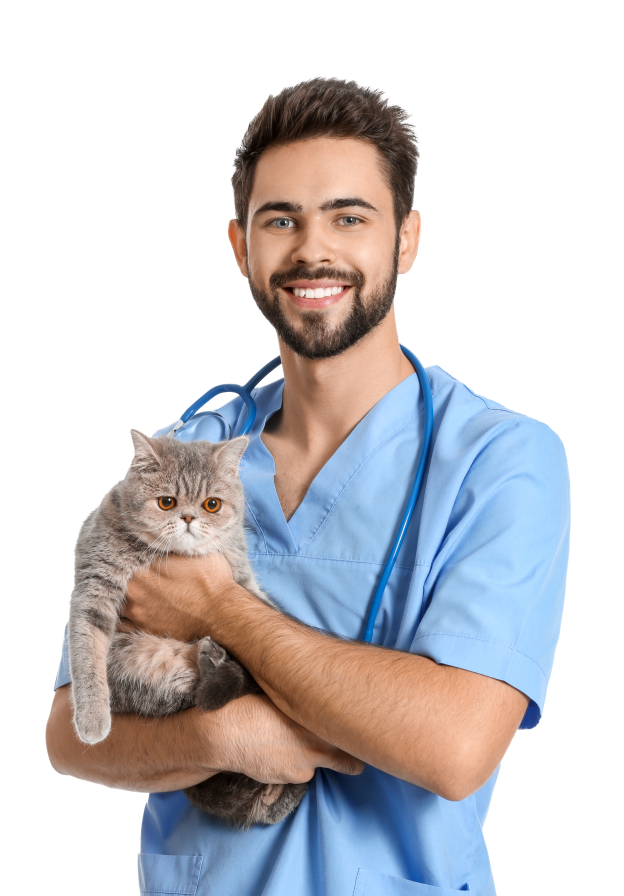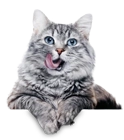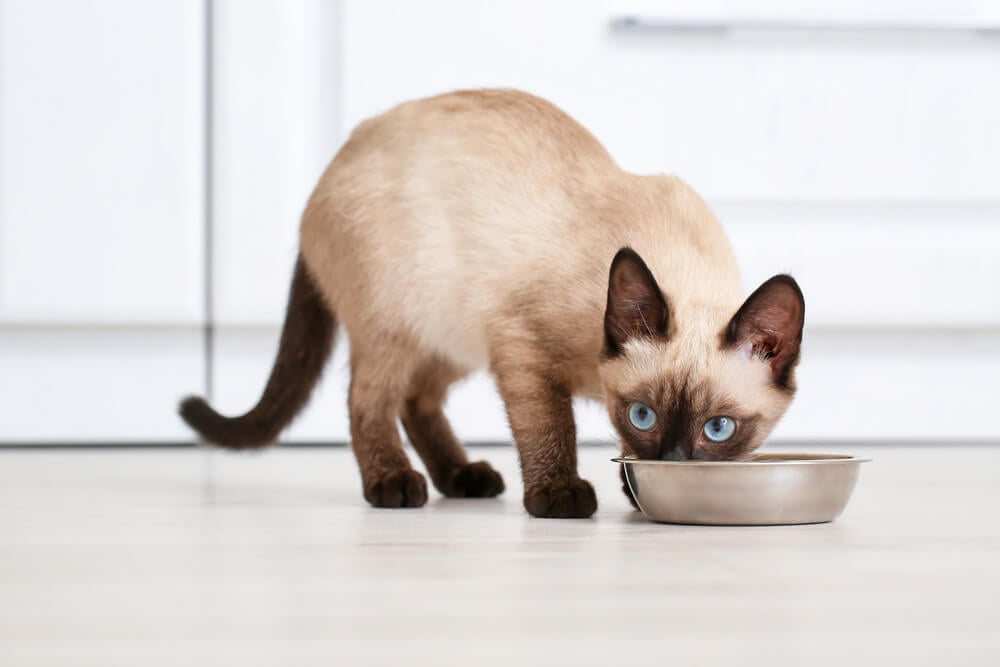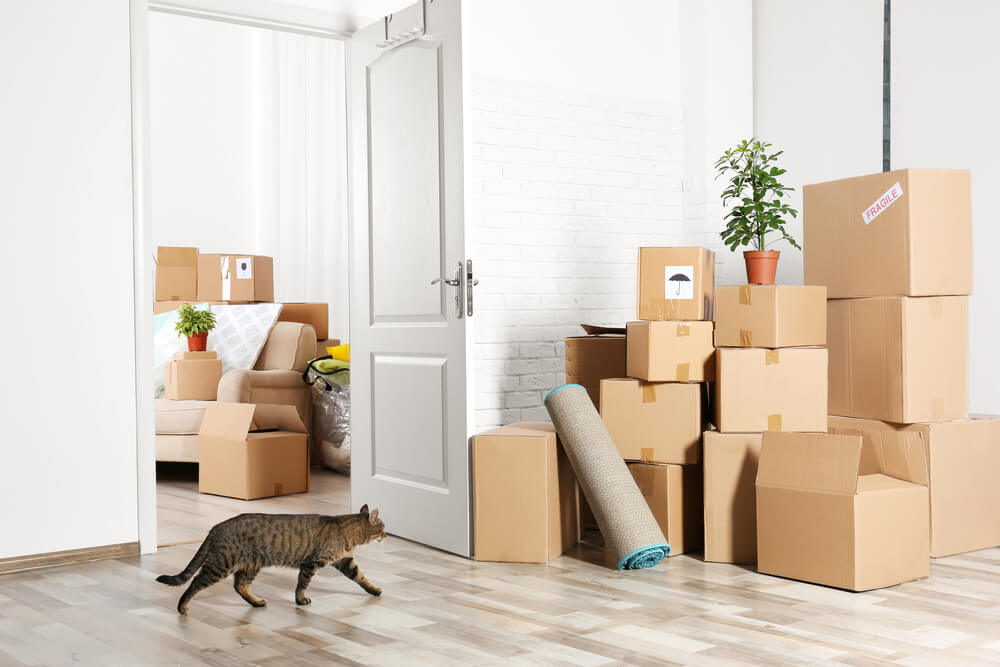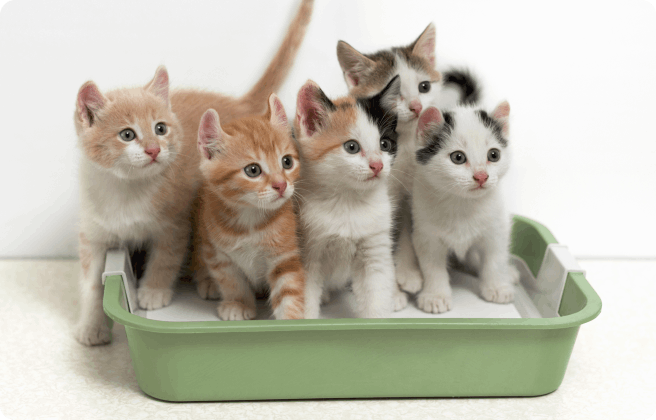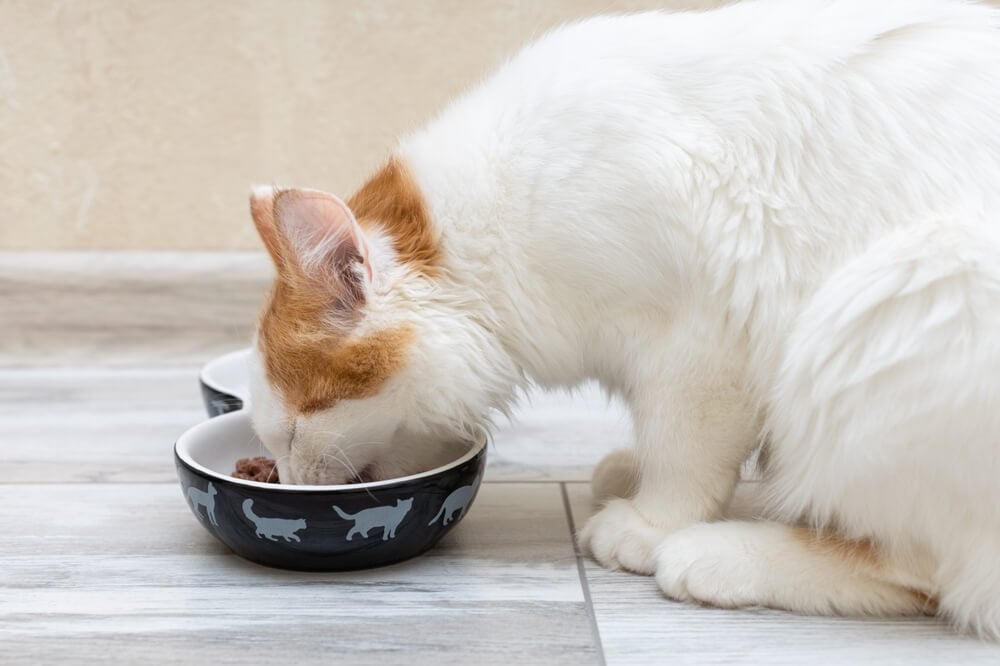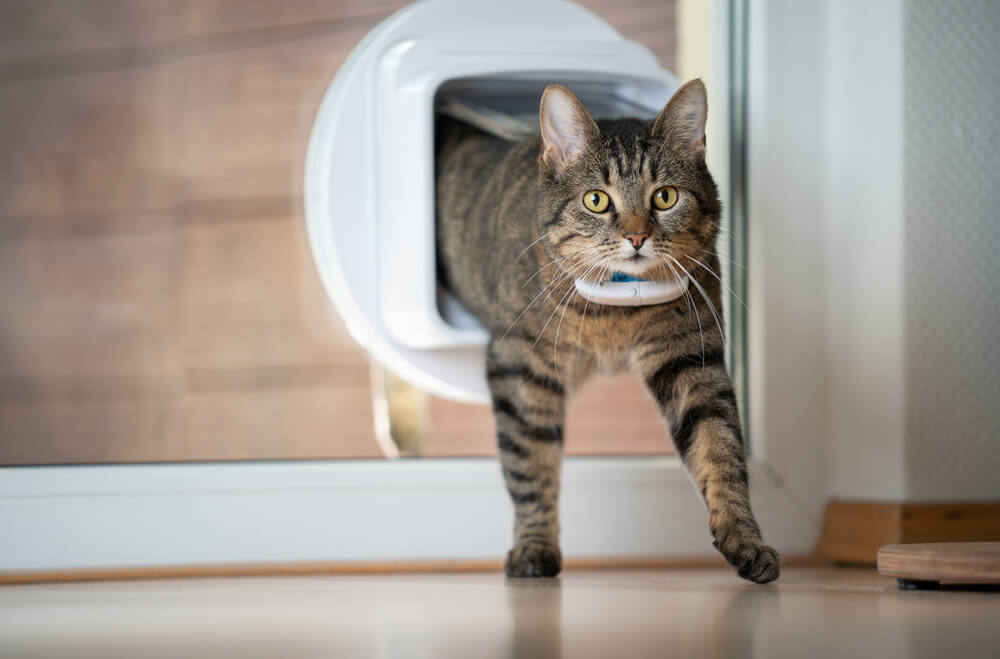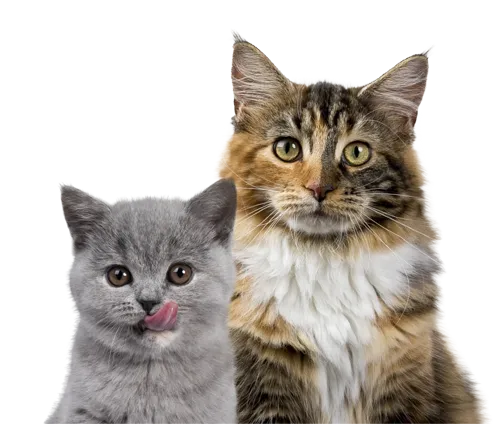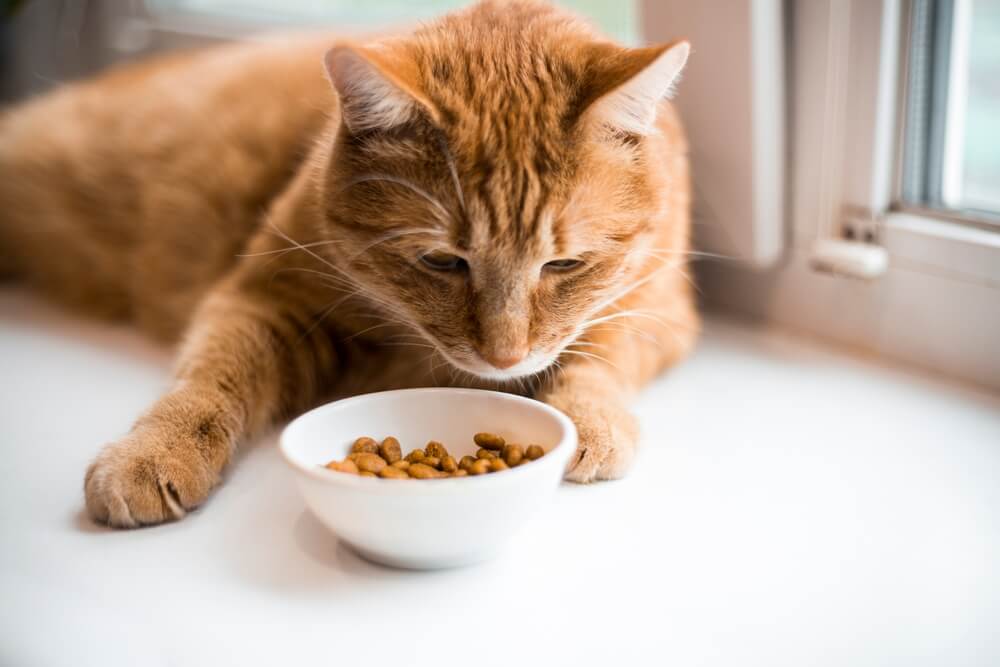
We are about to drop an interesting fact your way: a cat’s stomach is about the size of a table tennis ball.
That may raise an eyebrow or two, we’re sure, as it seems particularly small.
However, within that tiny stomach, cats can pack in a lot of food. The question many of cat parents often ask themselves, though is, does my cat stop eating when they are full? Or will they simply continue to keep consuming everything I give them, and more?
We will answer that question, while examining cats’ eating habits, in the following article.
How often do cats eat?
This is an age-old question we’ve attempted to answer in our article, How long can cats go in between meals?
In the wild, cats will eat small meals frequently throughout the day and night as they hunt prey and make regular kills. The amount of prey available, and their own hunting skills and success, determines how often they eat, and the quantity of food they consume.
A cat in a domestic setting has an entirely different diet. They’re presented with regular meals by loving cat parents, two or three times a day. This may not be all the food they’re eating, though — if your cat prowls the neighborhood, they are undoubtedly hunting prey, possibly eating them as between-meal snacks.
Often, cats also seek out kindly neighbors, make their best ‘kitty’ eyes and end up being given extra treats, and in some cases entire meals. And you might have no idea at all that this is going on.
Some cats manage to regulate their eating. However, some, understandably, cannot resist temptation. For those cats whose eyes are bigger than their stomachs, this may lead to some overindulgence, which can be dangerous in the long-term, as if they begin to put on weight, it could eventually lead to health issues including feline diabetes, cardiac problems, and arthritis.
How can you tell if your cat has eaten the right amount?
The easiest way to tell if your cat’s eating too much, or too little, is by monitoring their weight over time. If your cat stops eating when they’re full, and not over-snacking, its weight will remain steady for their breed and age over time.
Another sign that they may be eating too much is if they quickly beg for more treats or food soon after you’ve given them a meal, or you find their bowl’s empty after you’ve fed them, however much you gave them.
If you’re concerned that your cat’s eating too much and never getting full, you can take the following steps to help control their diet:
- Check their weight regularly. Having regular weigh-ins means you can decrease, or increase, the amount of food you feed your cat with the aim of keeping them at the recommended weight for their age and breed.
- Feed your cat a healthy, balanced diet. Ensure it covers all the necessary food groups required for a cat’s optimum well-being, and includes all the minerals and vitamins required. See our Best Cat Food pages for more guidance.
- Consider a low-fat diet. This is something you should decide on with your vet, but many cat food manufacturers offer low-fat options to help cats maintain a healthy weight.
- Keep them active. Introduce toys that encourage movement and play, or engage in games with them yourself, so that they burn active calories rather than curl up in their bed all day.
- Manage portions and feeding times. Keep portions the same amount day to day — weigh the food if this helps in keeping it accurate. Also, try not to be tempted to add extra meals — keep their mealtimes consistent, at the same time every day, and reduce or eliminate treats to help control their weight.
By taking control of your cat’s diet and feeding regimen, you can help them not over-eat, ensuring that they remain at a healthy weight with no associated health problems, meaning your cat, and you, remain happy, healthy, and full of bounce.
We uphold the highest editorial standards when creating the authoritative content pet parents rely on and trust.
Every piece of clinical content on the Cat Food Advisor is reviewed by our certified Veterinary Advisory Board, which consists of licensed veterinarians and medically certified specialists.
Our reviews are completely independent; we are not paid by any pet food company to promote their products favorably. We do not accept money, gifts, samples or other incentives in exchange for special consideration. For more information see our Disclaimer & Disclosure page.
